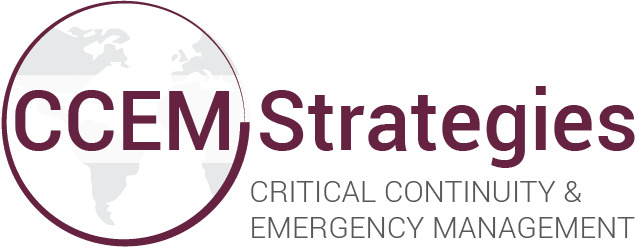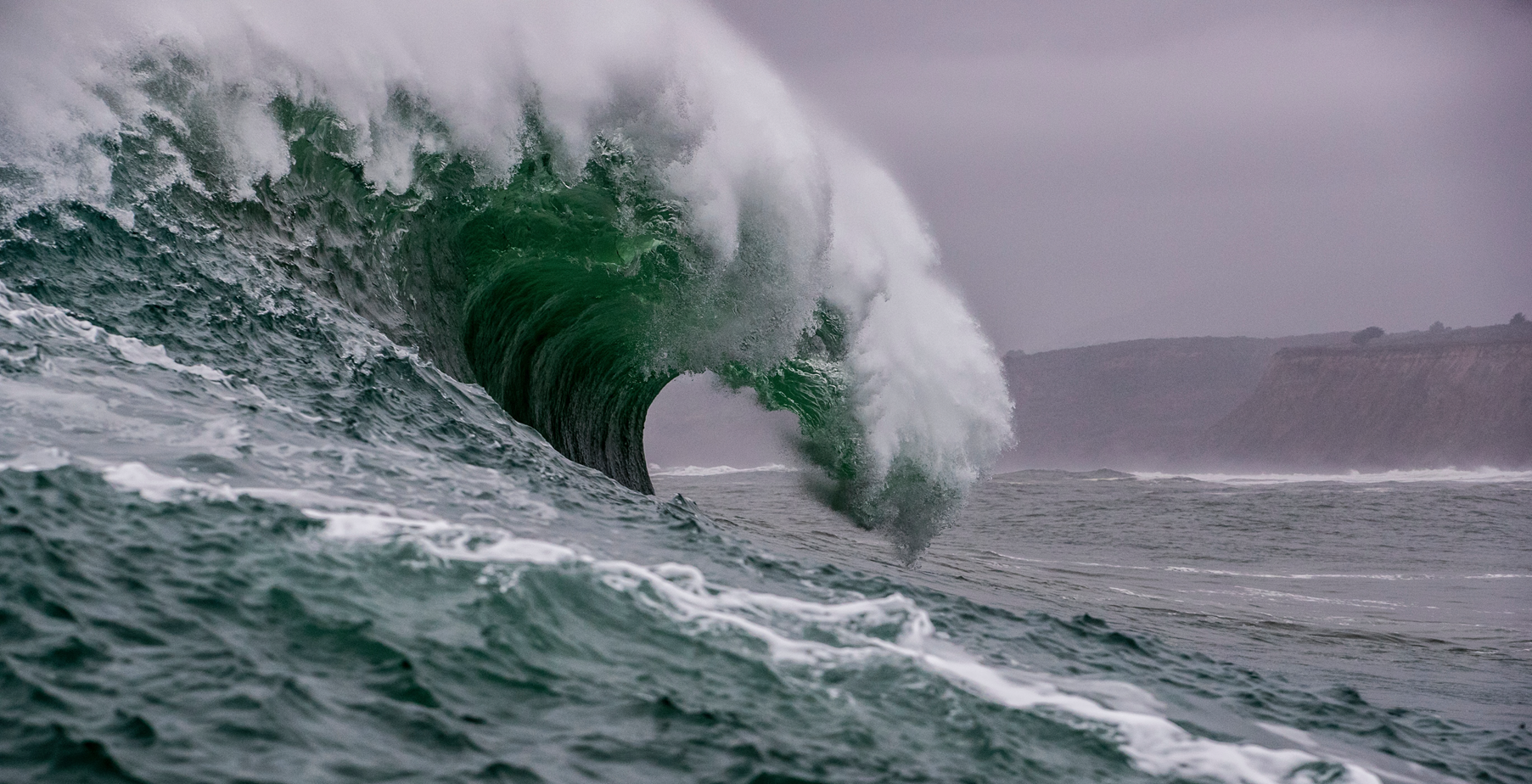Tsunami Preparedness Week in BC is April 9 – 15! Are you, or your business, prepared for a tsunami? With many coastal communities in British Columbia vulnerable to impacts from a destructive tsunami, it’s vital you know how to prepare and react to a tsunami alert.
British Columbia’s coastal areas have the highest risk of tsunamis in Canada and it’s no coincidence that BC is also the province at most risk for a major earthquake . Most commonly, tsunamis are caused by large undersea earthquakes, which can create massive waves. While it may take hours for waves from an offshore earthquake to reach land, a strong, local earthquake could generate a tsunami that reaches land within minutes.
Do you know what to do if a tsunami threatens to strike BC? Here is some important information about how to get informed and stay safe.
Understand Tsunami Alert Levels
There are four levels of tsunami alerts: warning, advisory, watch, and information statement.
The five tsunami alert levels and the recommended actions for each.
Tsunami Warning – This is the highest alert level. A tsunami warning is issued when flood waves or dangerous coastal flooding is possible and full evacuation is advised.
Tsunami Advisory – issued when strong currents are likely and people should stay away from the shore.
Tsunami Watch – issued when the danger level is not yet known and people should stay alert for more information.
Tsunami Information Statement – A tsunami information statement is the lowest alert level and is issued when minor waves at most are expected and there is no associated action suggested.
Know Your Zone
Did you know that BC’s coastal communities are divided into five different tsunami notification zones? It’s important to know in which zone you live in so you can determine whether your community is under a warning, advisory, or watch.
Zone A (North Coast and Haida Gwaii)
Zone B (Central Coast and Northeast Vancouver Island Coast, including Kitimat, Bella Coola and Port Hardy)
Zone C (Outer West Coast of Vancouver Island from Cape Scott to Port Renfrew)
Zone D (Juan de Fuca Strait from Jordan River to Greater Victoria, including the Saanich Peninsula)
Zone E (Strait of Georgia including the Gulf Islands, Greater Vancouver and Johnstone Strait)
Receive Emergency Alerts
Tsunami alerts are issued by the National Tsunami Warning Center in Alaska and shared by BC’s Ministry of Emergency Management and Climate Readiness (EMCR).
Public alerts will be broadcast across television, radio, and compatible mobile devices using the BC’s emergency-alert system. Knowing your notification zone will help you determine whether a tsunami alert applies to your location and if you need to act.
The Ministry of Emergency Management and Climate Readiness (EMCR) also relays tsunami alerts and information to:
municipalities, regional districts and Indigenous communities in at-risk zones;
RCMP, Canada Coast Guard, the Canadian Forces, NAV Canada, Environment Canada and other federal government agencies;
provincial and federal officials; and
news media.
Local authorities may use their own alerting system and share information via radio, television, phone call, text message, social media, and/or alert apps. For example, the City of Vancouver uses the Alertable app and some of the island communities, like Parksville and Nanaimo, use Voyent Alert! to send alerts about significant local emergencies, including tsunamis. Visit your local authority’s website to learn about alert methods in your area.
Recognize the natural warning signs
There might not be enough time for emergency officials to issue a tsunami alert. If you notice any of the following natural warning signs, take action to protect yourself immediately.
Severe ground shaking from a nearby earthquake
A loud roaring sound, like a train or airplane
Water flowing away from the shore quickly, exposing the ocean floor
Stay Safe
If you live in an area that is at risk of a tsunami, your community likely has established evacuation routes and gathering locations, should you need a safe place to go. To prepare for an emergency, you should familiarize yourself with these routes and locations. If tsunami evacuation routes and maps are not available in your community, familiarize yourself with routes that go as high or far inland as possible. During an actual event, stay there until local officials give the “all clear.” Tsunami waves can last for several hours and the first wave isn’t always the largest.
Following a disaster, you may need to stay at home or leave your current location. This is why it’s important to prepare your home and office with an emergency kit, as well as have a grab-and-go bag in case you need to leave. For more information, check out PreparedBC’s Earthquake and Tsunami Guide.
Prepare Your Community or Organization Today
Is your community or business prepared? CCEM has worked with several communities and organizations on disaster risk reduction projects, including tsunami and evacuation planning. Our emergency management and business continuity team can help ensure your community or business is prepared for emergency events. Contact us today to find out how!



